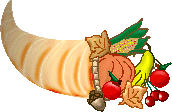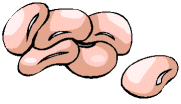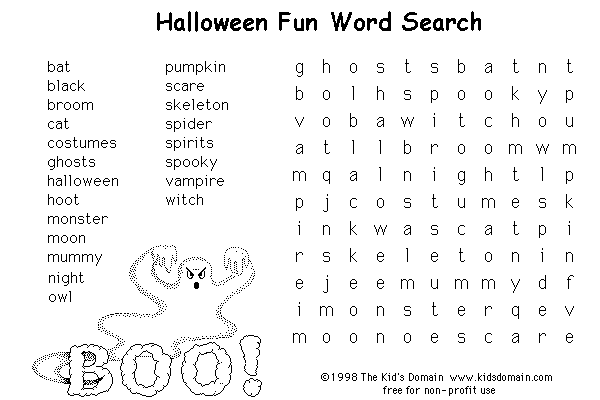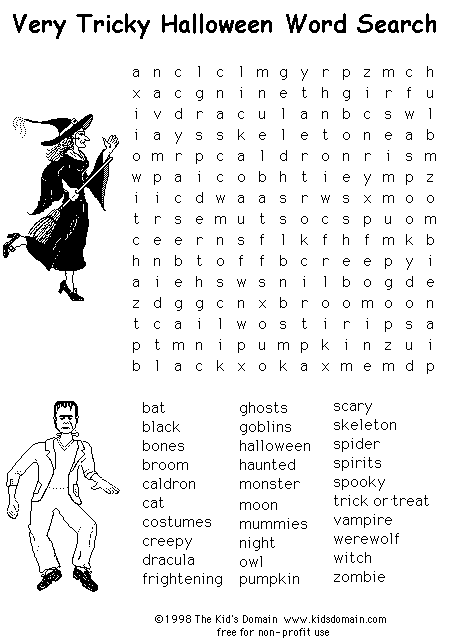Hello guys!!!
It's time to thank for all the good things that have made us happy and for the bad things that have made us learn.
Thanks for the time we spent together. It was grateful.
Today, we'll have something about the history of Thanksgiving and some activities. Enjoy!
Let's make a thankful tree! Check this activity
http://www.enchantedlearning.com/crafts/thanksgiving/thankfultree/
Another acitivity is a thanksgiving book:
http://www.enchantedlearning.com/books/holiday/thanksgiving/iamthankful/
Check this website:
http://www.thanksgiving-day.org/
Thanksgiving bingo
http://www.elcivics.com/thanksgiving-bingo.pdf
http://www.elcivics.com/thanksgiving-call-cards.pdf
Thanksgiving crossword
http://www.elcivics.com/thanksgiving-day-crossword.pdf
answer key:
http://www.elcivics.com/thanksgiving-day-esl-key.pdf
reading activity:
http://www.elcivics.com/esl-thanksgiving-squanto.pdf
written exercise:
http://www.elcivics.com/thanksgiving-dinner.pdf
What is Thanksgiving Day?
American Thanksgiving Day is probably a harvest festival at the beginning too. The first Thanksgiving Day in America was on December 4, 1619. At that time, it was a fully religious thing. A group of 38 English settlers arrived at Berkeley Plantation via the James river (near Charles City, Va) on December 4, 1619 and their charter required that the day of their arrival be observed yearly as a day of thanksgiving to God.
In New England, the first Thanksgiving Day was celebrated in Plymouth in 1621 by the Pilgrims together with 91 Indians. The Pilgrims first set foot at Plymouth Rock on December 11, 1620. The first winter in Massachusetts was really bad and 46 out of the original 102 Pilgrims died. It is believed that the Indians helped the Pilgrims through that difficult period and without them, the Pilgrims would not have survived.
In the following Spring of 1621, Samoset of the Wampanoag Tribe and Squanto of the Patuxtet tribe, taught the survivors how to plant corn or maize and how to catch alewives, a kind of fish to be used as a fertilizer for growing pumpkins, beans, peas and other crops. These two braves also taught the Pilgrims the art of hunting and angling. Things got better in 1621 when the corn and pumpkin harvest was bountiful. Governor William Bradford made arrangements to celebrate the bountiful harvest and to recognise the help given to the colonists by the indians with a feast. The feast was more of an English Harvest festival celebration and it lasted for three days. Governmor William Bradford sent four men out "fowling" after ducks and geese but it is not very sure if it included the turkey. The Pilgrims used to call any type of wild fowl, turkey. Unfortunately, this celebration was not repeated for many years. In June 20, 1676, the governing council or Charlestown and Massachusetts held a meeting and by a unanimous vote, they instructed Edward Rawson, the clerk, to proclaim June 29 as a Thanksgiving Day. The Indians were not included this time as the celebration was more about the Pilgrims' recent victory over the natives.
Read the 1676 First Thanksgiving Procalamation Native Americans Activities and Resources This custom soon spread from Plymouth to other New England colonies. In October 1777, all the 13 colonies joined in a thanksgiving celebration. This thanksgiving celebration was to commemorate the victory over the British at the Battle of Saratoga during the Revolutionary war. Eight days of thanksgiving was observed. This celebration was not repeated.
In 1789, President George Washington issued a general proclaimation naming November 26 a day of National Thanksgiving. Some were opposed to it as many felt it was not right to celebrate when there were hardships among some pilgrims.
Read George Washington's 1789 Thanksgiving Proclamation At the same time that year, the Protestant Episcopal Church announced that the first Thursday in November would be set aside yearly for giving thanks. However, it was only in 1830 when New York had an official state Thanksgiving Day that other Northern states soon followed. Viginia, in 1855, became the first southern state to adopt this custom.
Read Abraham Lincoln's Thanksgiving Proclamation, 1863 Today, Thanksgiving Day is usually a family reunion dinner celebration. Roast turkey is a favorite dish on this day. The Christians also attend church services and pray, thanking God for all the blessings for the year.
Symbols of Thanksgiving
 ` The Turkey
` The Turkey Thanksgiving Day celebration will be incomplete without the legendary turykey. The Pilgrims used to call any wild fowl, turkey. The turkey is usually the main course of most household during this celebration. It is a customary dinner which serves as a reminder of the four wild turkeys that were served at the first Thanksgiving feast.
 The Cornucopia
The Cornucopia The Cornucopia s a symbol of nature's productivity. It is the "horn of plenty" and is the most common symbol of a harvest festival. It is a horn-shaped container or basket that is filled with the abundance of a harvest. The traditional cornucopia was a curved goat's horn.
According to ancient Greek mythology, it was one of the horns of a goat called Amalthaea. The horn could produce ambrosia and nectar which was the food and drink of the gods. This goat supposedly nursed the god Zeus when he was a baby. Zeus later set the goat's image in the sky known to us today as the constellation Capricorn, to show his gratitude.
However, according to Roman mythology, the cornucopia was the horn of Achelous, the river god. The horn was broken off in a fight with Hercules. It was believed that Achelous came in the form of a bull. The water nymphs then filled the horn with flowers and fruit to offer it to the goddess of plenty, called Copia.

The Pumpkin Another symbol of the modern Thanksgiving dinner is the pumpkin pie. The pumpkin is one of the most important symbols of the harvest festival and is an American favorite.

Cranberries Cranberries are a kind of berry. Its name originated from crane berry because of its pink blossoms and drooping head which reminded the Pilgrims of the crane. The Pilgrims found out how to sweeten the bitter cranberries with maple sugar. The cranberry sauce was and is still used as a compabion of turkey during Thanksgiving dinner.
 Beans
Beans Native Americans taught the Pilgrims to grow beans next to cornstalks. The was so that tbe beans could use the cornstalks as their pole as they grow, hence American beans are also known as Pole beans. Beans are therefore a special symbol of thanksgiving feast.
Happy Thanksgiving!
posted by Valéria



 `
` 



































